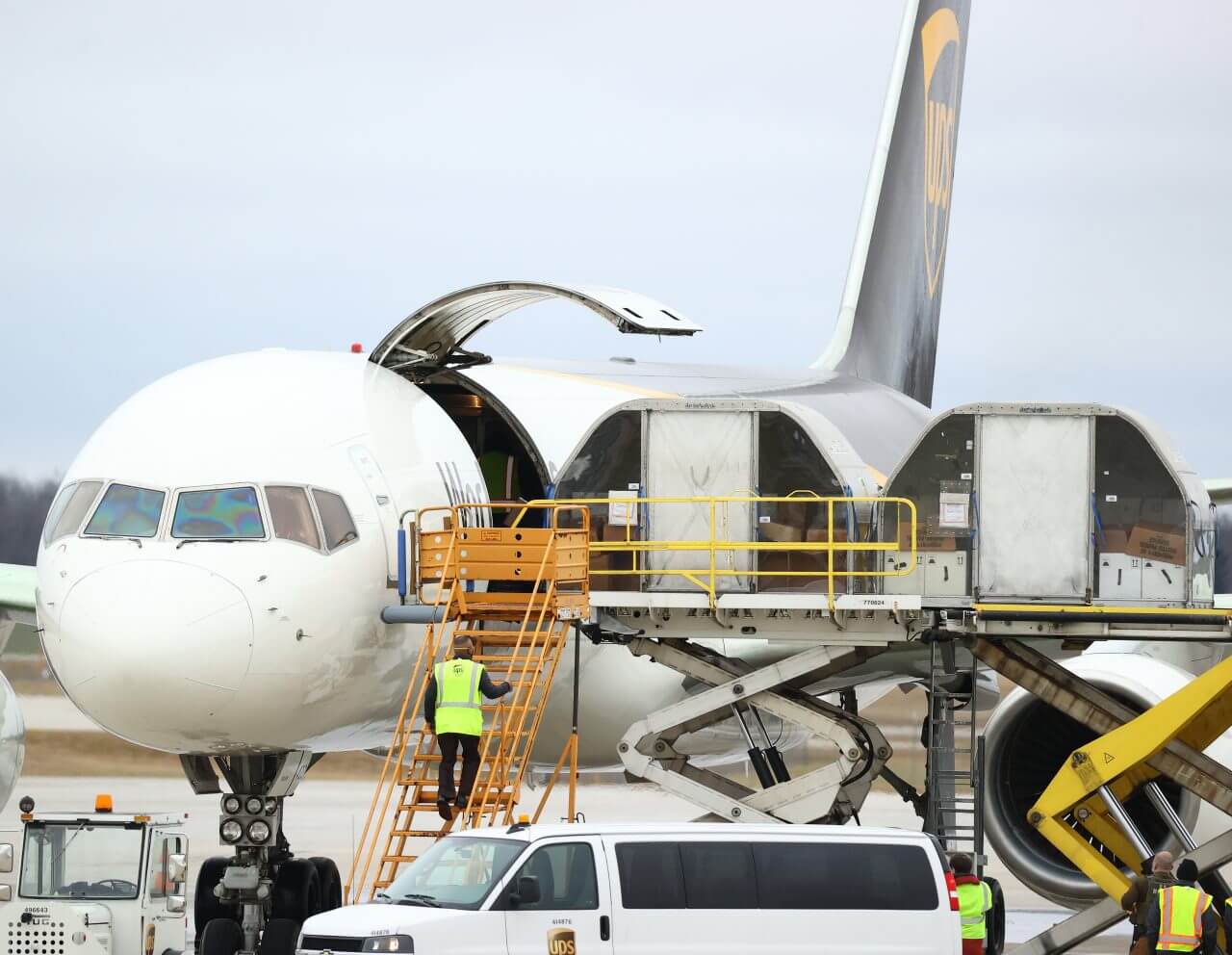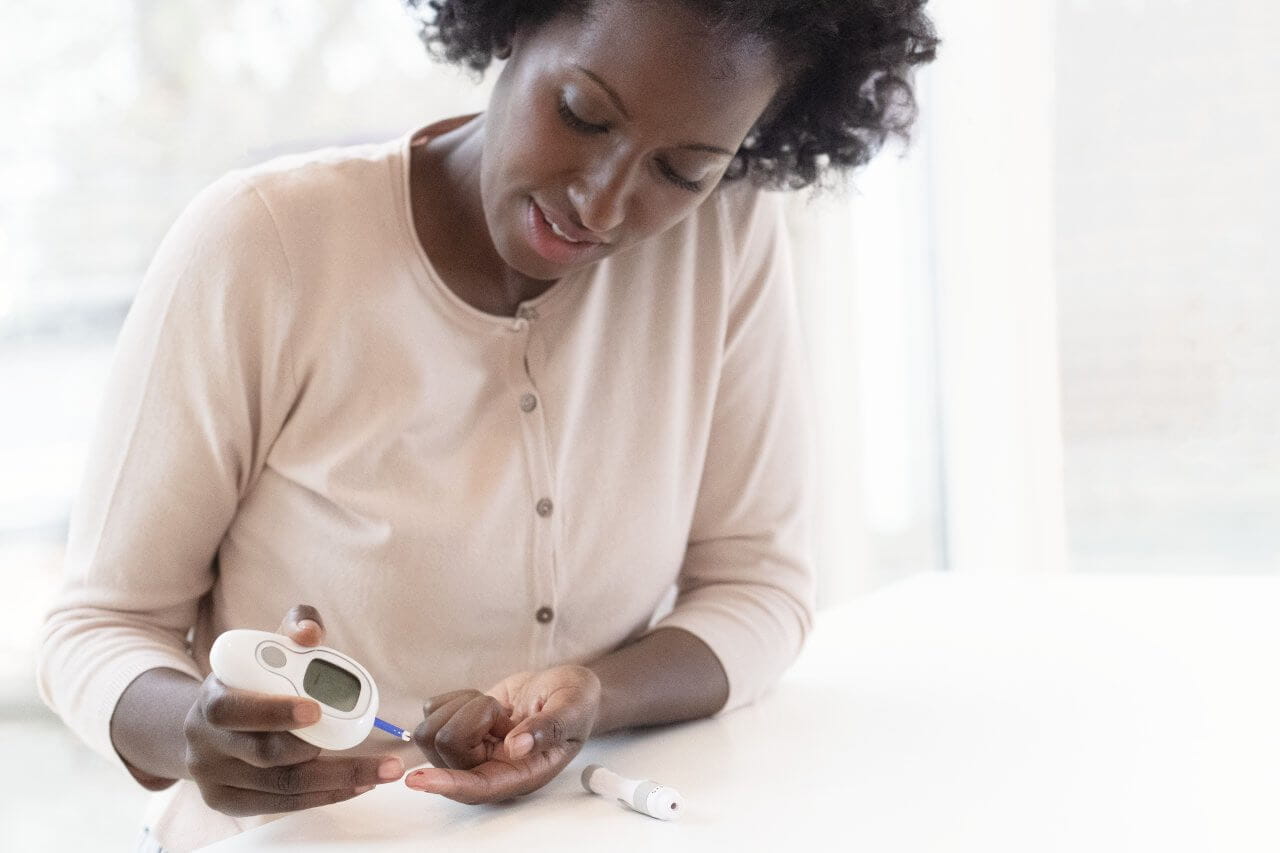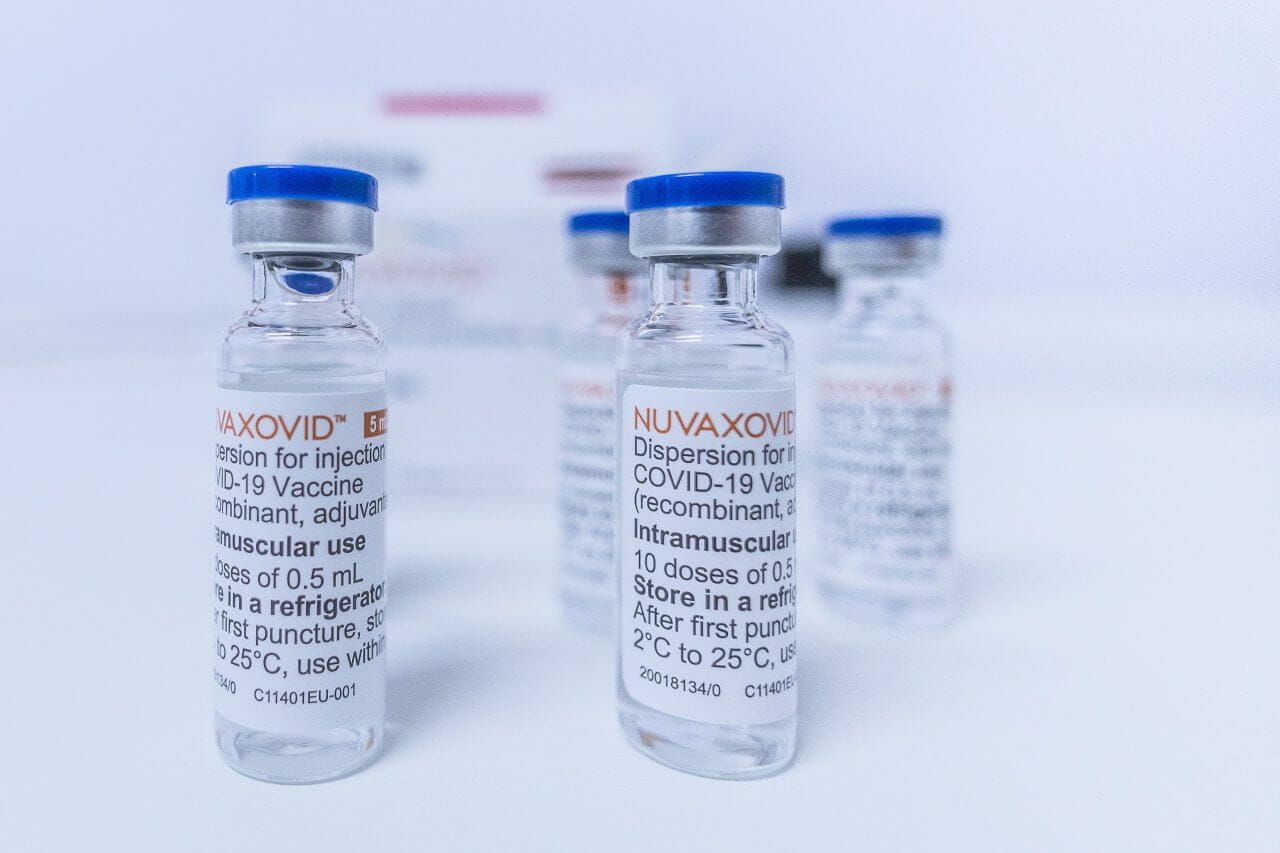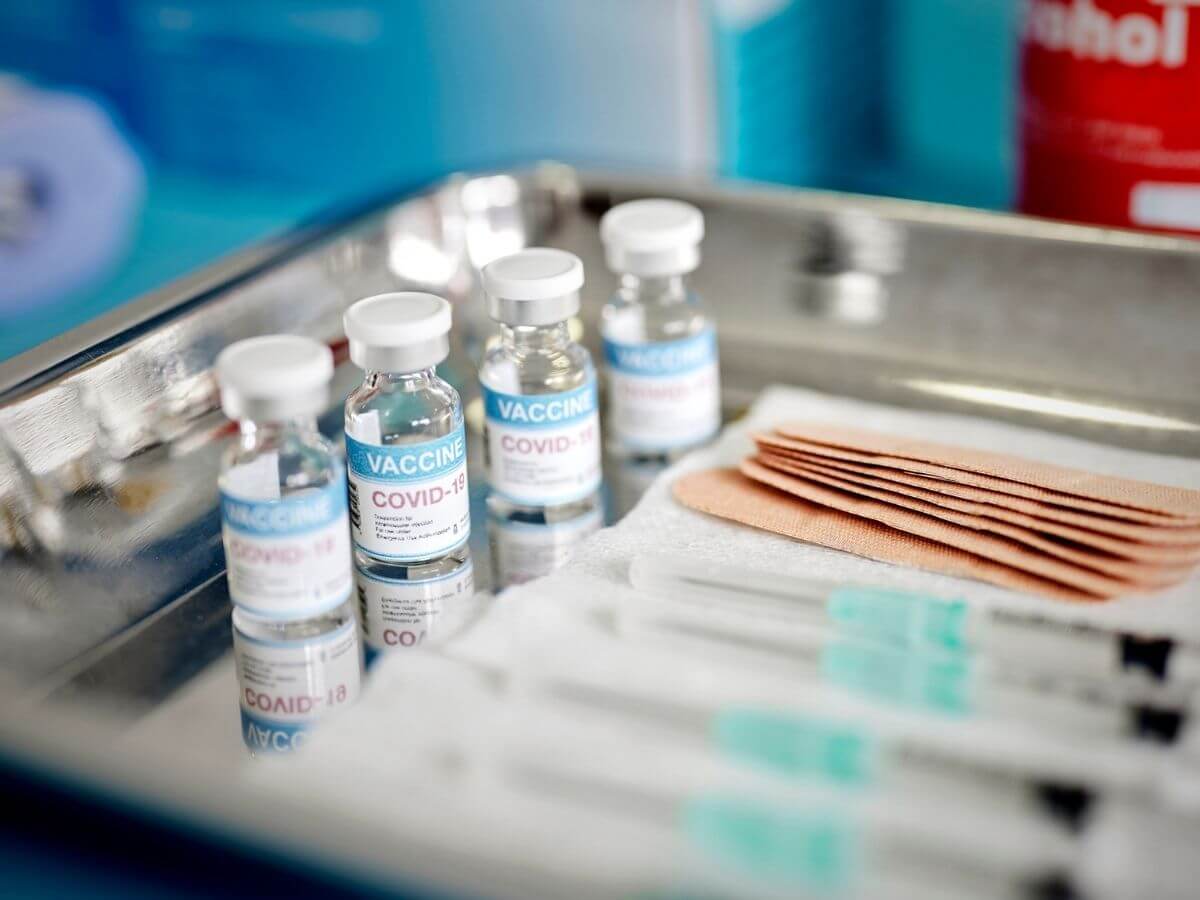What Are Clinical Trials and How Will Vaccines Get to Us?

Clinical trials are a type of research that studies new tests and treatments and evaluates their effects on human health. People volunteer to take part in clinical trials to test medical interventions including drugs, cells and other biological products, surgical procedures, radiological procedures, devices, behavioral treatments and preventive care. The purpose of a clinical trial is to find new and improved ways to treat, prevent, or diagnose an illness.
Vaccines can often take 10 years or more to bring to market, but due to the severity and spread of COVID-19, the federal government, through Operation Warp Speed, has been able to drastically speed up the development of vaccines without cutting corners that would affect safety.
What Are the Phases of Clinical Trials?
There are four stages, or “phases,” of a clinical trial. Each new phase builds on information from previous stages. The different phases of a clinical trial are:
- Phase 1. Doctors give a new treatment to a small number of people to test safety. The researchers find out the best way to give the treatment, any possible side effects, and safe dosage. For the COVID-19 vaccine, vaccines were evaluated to see if any participants developed antibodies and to see which versions performed best. Once the vaccines showed indications of effectiveness and safety, the vaccines were moved to phase 2.
- Phase 2. In this phase, the treatment then is used on a larger group of human subjects to monitor for any adverse effects. For the COVID-19 vaccine, the type of vaccine and dosage were narrowed down even more to determine the best version. Once that information was gathered, the best versions were moved forward with a single dose of a single vaccine in phase 3.
- Phase 3. Here, studies are conducted on larger populations and in different regions and countries and are often the step just before a new treatment is approved. The Pfizer COVID-19 vaccine enrolled more than 43,500 people. Moderna enrolled more than 30,000 people worldwide for their COVID-19 vaccine. This phase further verified the efficacy of the vaccines and gathered additional safety information.
- Phase 4. These studies take place after the vaccine has been approved and there’s a need for further testing in a wide population over a longer timeframe. Because of the severity of COVID-19, these vaccines got to this phase much faster in an effort to get them to the public as quickly as possible.
When Will a COVID-19 Vaccine Be Available in the United States?
The goal for Operation Warp Speed, the government’s initiative to develop a vaccine as quickly and safely as possible, was to deliver vaccines before the end of 2020, which was accomplished. Although a vaccine is now available in the United States, there won’t be enough doses for every adult. Over time, the supplies will increase, and all adults should be able to get vaccinated later in 2021.
How Will the Vaccine Be Distributed?
The federal government is overseeing a centralized system to order, distribute, and track COVID-19 vaccines. All vaccines are being ordered through the Centers for Disease Control and Prevention (CDC). Vaccine providers are receiving vaccines from the CDC’s centralized distributor or directly from a vaccine manufacturer.
Every state has its own vaccine distribution plan. Here are the distribution plans for Kentucky and Indiana.
How Many Doses of the COVID-19 Vaccine Will I Need?
The COVID-19 vaccines available now are being studied and are evaluating one or two doses. When giving two doses, they are usually given two months apart. Studies being conducted now will provide more information about how many doses of each vaccine will be needed.
More Questions About COVID-19 Vaccinations?
If you’d like to learn more about COVID-19 vaccines or have questions about the vaccines currently available, visit the CDC.



